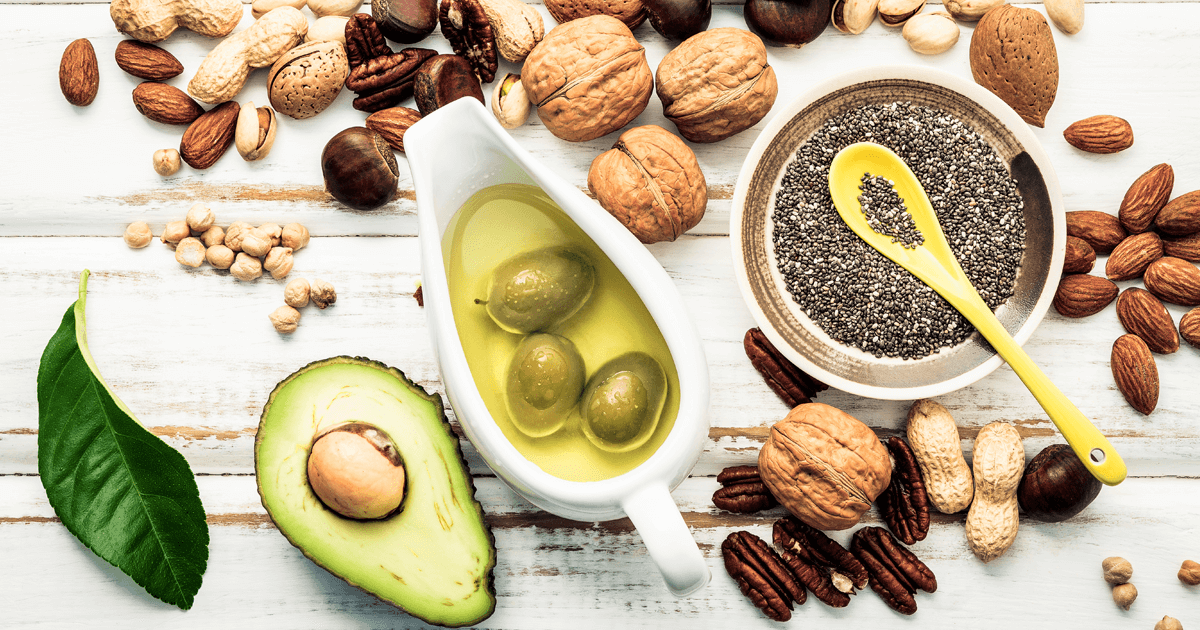There exist two crucial families of essential fatty acids – Omega 3 and Omega 6. Both of these fatty acids are indispensable for maintaining optimal health, as they support the vital functions that allow our bodies to function at their best. As a society, however, we tend to consume an excessive amount of Omega 6 compared to Omega 3. These fatty acids are aptly termed ‘essential,’ given our bodies are incapable of naturally producing them.
The only way to incorporate these nutrients into our system is through our dietary intake, emphasizing the importance of meals rich in Omega-3.
The skewed consumption of Omega 6 over 3 can disrupt the ideal Omega-6:3 ratio in our bodies, resulting in an imbalance that affects a significant portion of the population. The principal roles of these fatty acids encompass contributing to normal heart and brain function, maintaining blood triglyceride levels, supporting normal vision, and underpinning the structural aspects of cell membranes.
Saturated and unsaturated fatty acids
Circling back to the Omega-6:3 ratio, presently we are consuming a lot of saturated fats and not sufficient unsaturated fats. Fats that are closely packed without double bonds among fatty acids are known as saturated fats. This includes meals such as lamb, fatty beef, some dairy products, and chicken items.
Unsaturated fats, on the other side, are loosely packed. They come in the shape of monounsaturated (seeds, avocadoes, nuts, and olive oil) and polyunsaturated fats.
Our body needs the latter no function, and these can be split into 2 kids – Omega 3 and Omega 6n fatty acids.
Mediterranean food is favored when it comes to maintaining overall health. This means opting for useful fats, olive oil is better over butter, low-fat yogurt in its place of ice cream, and high-fat small fish as a replacement for processed meats.
Consuming enough Omega 3 Fatty Acids
While it is essential to consume seafood twice a week to maximize the benefits of Omega-3s, DHA, and EPA, this does not necessarily ensure an optimal Omega 6 and 3 ratio. ALA, one of the most prevalent Omega 3 fatty acids, is found in nuts, vegetables, and green leafy vegetables.
Although ALA is not difficult to consume, it is typically used for energy, thus limiting its conversion into DHA and EPA. This indicates that simply consuming these foods does not assure a balanced Omega ratio.
The balance test offers one of the most effective ways to assess your Omega-6:3 ratio, as it measures the levels of eleven essential fatty acids in your blood. This information is invaluable in allowing you to make more informed health decisions.

